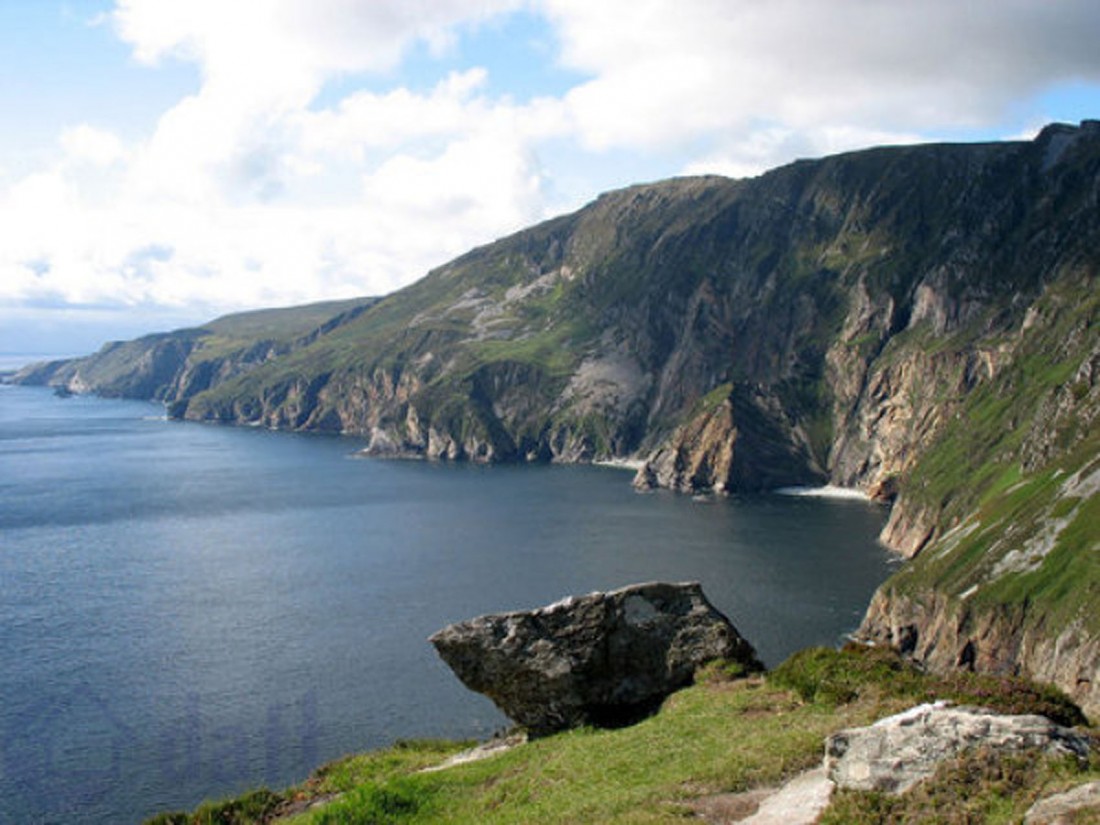A 66-year-old man would not have died immediately from two skull fractures that the State alleges were inflicted with a rock before he was put off Ireland’s tallest cliffs, if they were the only injuries he suffered, a pathologist has told a murder trial.
Earlier this month accused man Alan Vial took the stand in his own defence, telling the trial that he was fighting with the pensioner when his former lover and co-accused Nikita Burns hit the victim on the back of the head with a rock, causing him to stop breathing.
Closing speeches will begin tomorrow in the trial of Mr Vial (39) of Drumanoo Head, Killybegs, Co Donegal and Ms Burns (23) of Carrick, Co Donegal, who have both pleaded not guilty to the murder of Robert ‘Robin’ Wilkin in Donegal on June 25, 2023.
Mr Wilkin’s body was found in the sea near the bottom of the cliffs at Sliabh Liag eight days after he is alleged to have been murdered.
The trial had been adjourned for ten days after Mr Vial gave evidence in which he denied striking Mr Wilkin at any point. When the jury returned today, they were told that Ms Burns’s defence team had put questions to pathologist Dr Margaret Bolster as a result of the evidence given by Mr Vial.

Alan Vial and Nikita Burns.
Eoin Lawlor SC, for Ms Burns, asked Dr Bolster to comment on Mr Vial’s description of a fight in which the accused said he grabbed Mr Wilkin’s wrists after the deceased had punched him three to four times. Mr Vial said Ms Burns then struck Mr Wilkin twice on the back of the head with a rock, causing his immediate death.
Dr Bolster said the cause of death in the case is undetermined because of the body’s advanced level of decomposition, having spent so much time in the sea. Two depressed fractures to the back of the skull were not consistent with injuries caused by Mr Wilkin falling from the cliff, but were consistent with blows from a blunt object such as a rock, she said.
However, she said that if those were the only injuries Mr Wilkin had suffered, he would not have died immediately. The lacerations caused by the blows would have led to blood loss and a drop in blood pressure, resulting in death after anywhere between five and 30 minutes. She did not think it likely that he would have lived for more than 15 minutes without medical intervention.
Dr Bolster stressed that she cannot say if Mr Wilkin suffered any other injuries.
She said the blows she did identify probably caused concussion but she did not think they would have caused bruising to the brain.
Mr Lawlor said there was also reference to blood and “chunks” being cleaned from the car in which the alleged assault happened. Dr Bolster said if Mr Wilkin only suffered those two blows to the back of the head, he would have bled profusely but she “would not expect to see chunks of anything”.
The amount of blood found in the car, Dr Bolster said, would suggest Mr Wilkin was alive and bleeding for a period of time.
Dr Bolster agreed with Shane Costelloe SC, for Mr Vial, that it would have been difficult to find Mr Wilkin’s pulse, given the low blood pressure as a result of the likely loss of consciousness and the amount of alcohol he consumed in the hours before his death.
Following Dr Bolster’s testimony, Mr Justice Paul McDermott told the jury of five men and seven women that the evidence in the trial is now complete and they will hear closing speeches tomorrow.










